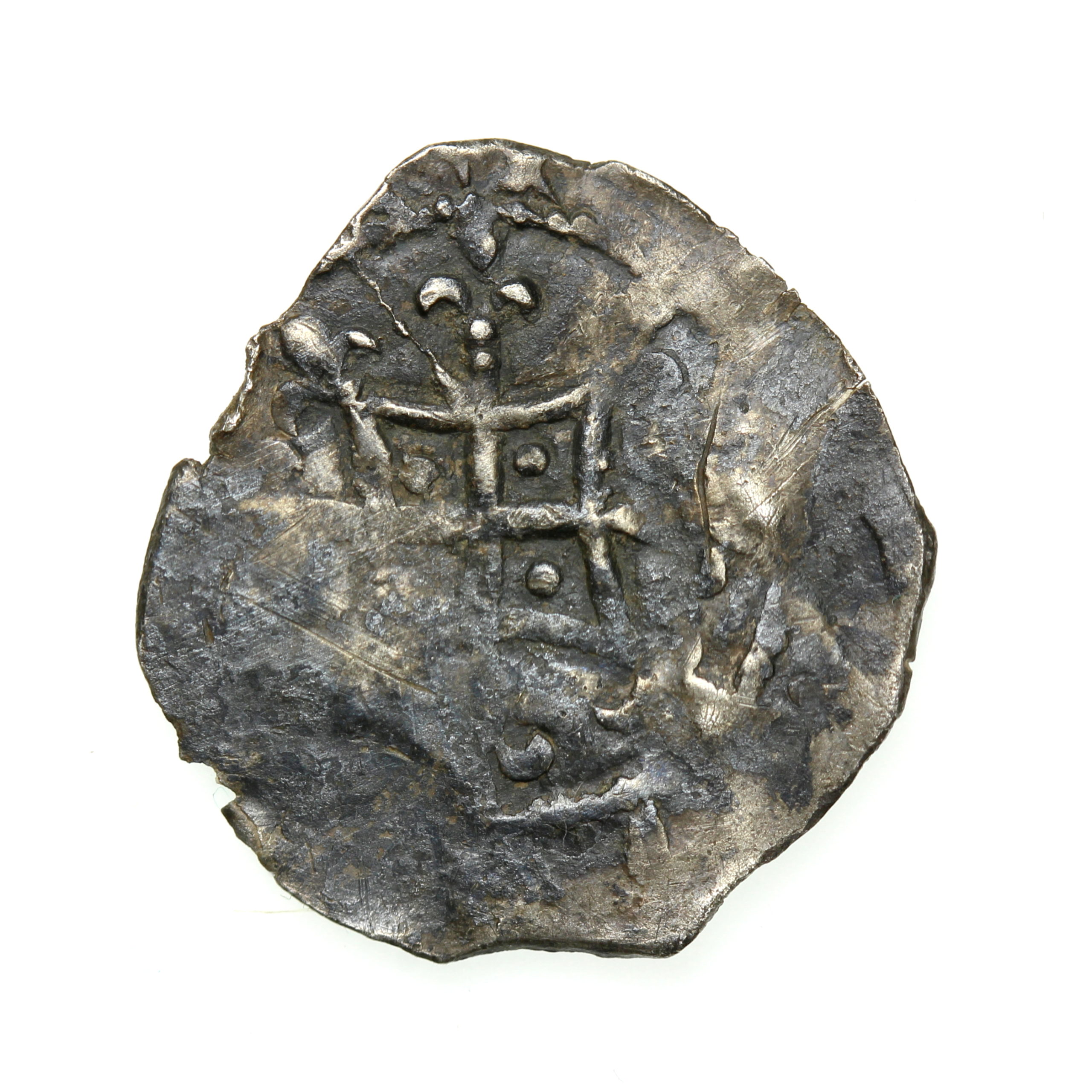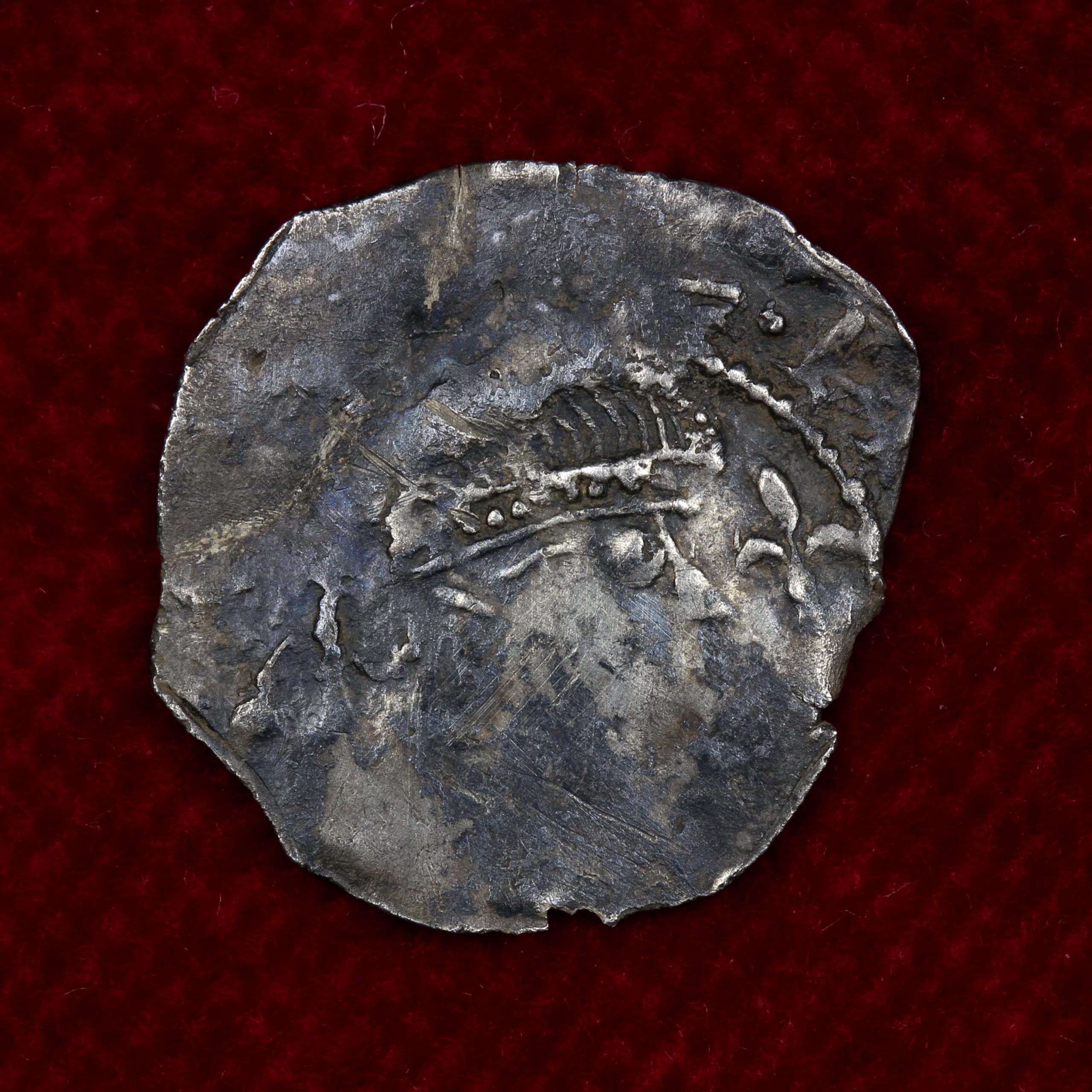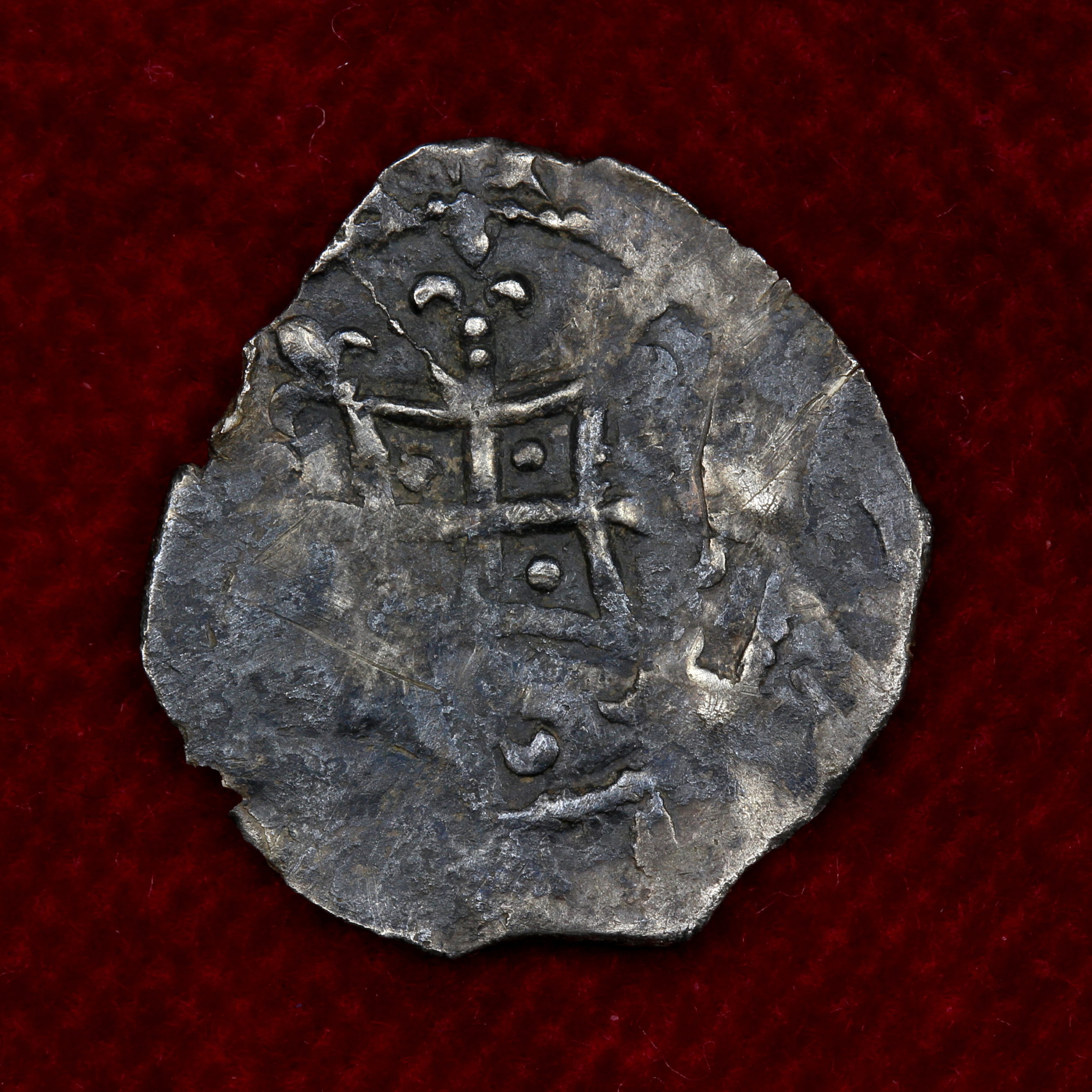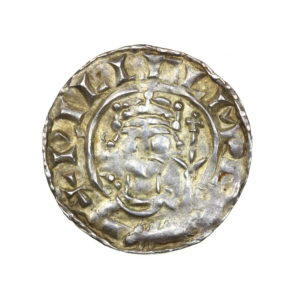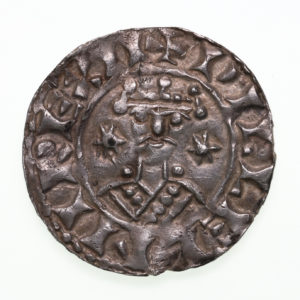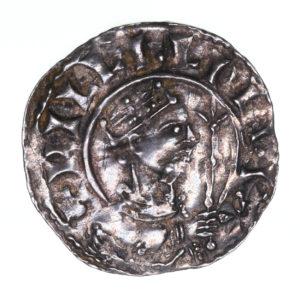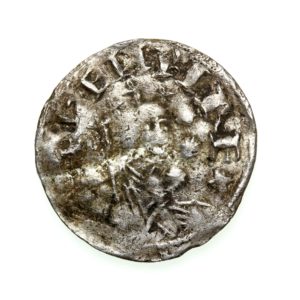Angevins Henry of Anjou AD 1139-1148 Silver Penny Extremely Rare
£3,250.00
Angevins Henry of Anjou 1139-1148AD Silver Penny. Extremely Rare.
Bust right, sceptre in front/ Quadrilateral on cross fleury.
Tentatively attributed to the Wallingford mint, probably due to its find spot close to the town.
Angevin coins of any type are extremely rare and seldom survive without damage due to their poor quality manufacture. Here we have a complete penny which is stable, a rare occurrence from this era.
S1329, 17x16mm, 0.80g, Recorded with the EMC Database, held at the Fitzwilliam museum, Cambridge (2021.0351).
Stephen and ‘The Anarchy’ 1135-1154A.D.
The reign of Stephen and the civil strife that gripped the country from 1135-53 is perhaps best described by paraphrasing the Anglo-Saxon chronicle’s entry for the year 1137:
‘I know not how to tell of all the atrocities nor all the cruelties wrought upon the unhappy people of this country. They lasted throughout the nineteen long winters that Stephen was King. Never did a country endure greater misery. Wherever the earth was tilled the earth bore no corn, and men said that Christ and His saints slept.’
Bleak reading, indeed.
With Stephen on one side and the so-called ‘Angevin party’ of Henry I’s daughter Matilda and her son Henry (the future Henry II) on the other, both sides were fighting for the right to succeed to the English Crown. Abounding with stories of internecine warfare, foreign invasion, crime and societal breakdown, it is perhaps no surprise that this period has come to be known colloquially as ‘The Anarchy’. Amongst the death and famine which ravaged the land, mint towns, moneyers and the coins they produced were at the centre of this struggle as both sides vied for superiority; troops paid and equipped, loyalties bought, day-to-day commerce maintained and taxes levied.
Coins struck in the name of Stephen are the most commonly encountered from this period, though many of these are poorly struck and of bad quality. Comparably with the English Civil War of the 1640s, many hoards were deposited in these troubled times: those discovered at Watford, Prestwich, Wicklewood, Awbridge and Portsdown are just a few of the best known. Pieces are also encountered struck in the name of Matilda and her son Henry, who maintained her power base in the south-west of England thanks in part to the military prowess of her half-brother Robert, Earl of Gloucester. Intriguingly, we also see during this period the existence of coins struck from deliberately defaced dies – which some numismatists have interpreted as the product of moneyers scared to be seen actively declaring for either side. Perhaps indicating how desperate the situation had become and the extent of power ebbing away from the King himself, coins even began to be struck by powerful magnates in the Southwest and North of England. Prominent nobles like Robert, Earl of Gloucester (see above), Robert de Stuteville and Eustace Fitzjohn all came to the fore in this respect – pieces issued by these individuals often commanding extremely high premiums.
Given the upheaval and conflict this is a particularly rich period for numismatic history, and certainly ripe for new discoveries. Unpublished pieces come to academic attention on virtually a monthly basis – primarily thanks to the efforts of metal detectorists. While coins from ‘The Anarchy’ are perhaps not the most aesthetically pleasing they are certainly laden with the weight of history, silent witnesses to the chronic adversity endured by the people who used them in daily life.
1 in stock


